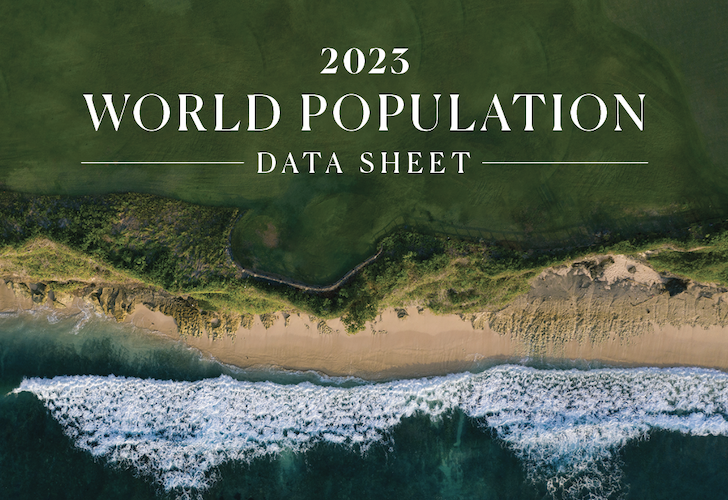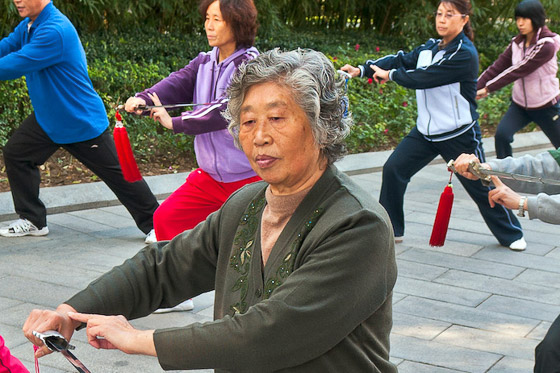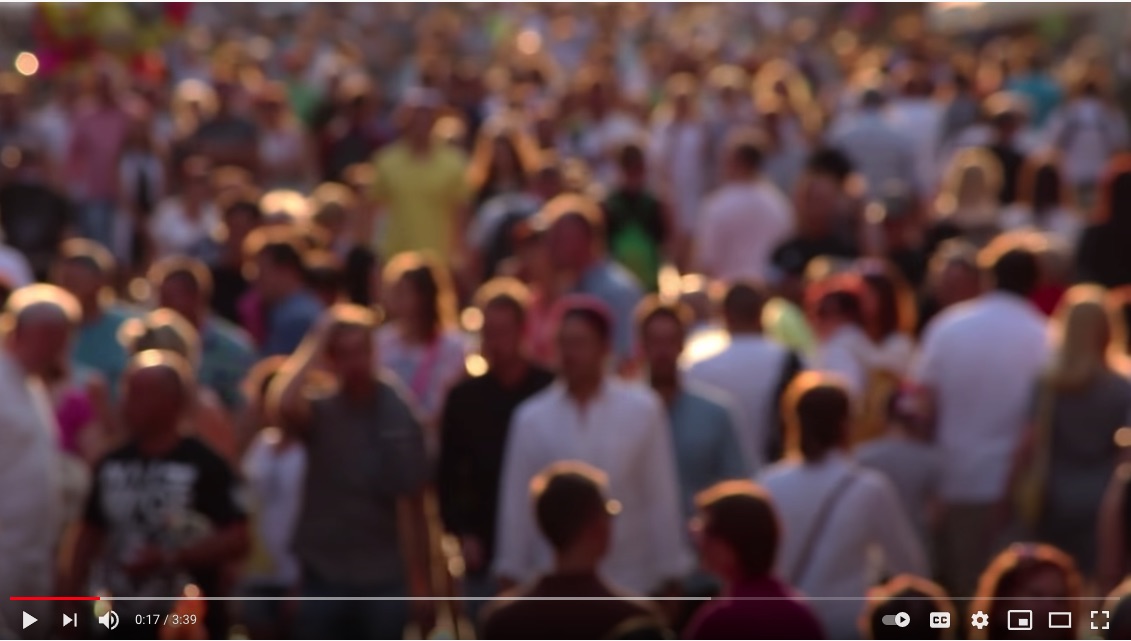Highlights From the 2023 World Population Data Sheet
Highlights From the 2023 World Population Data Sheet

Highlights From the 2023 World Population Data Sheet

Project: Demography and Economics of Aging and Alzheimer’s Disease
The United Nations projects that there will be 366 million older Chinese adults by 2050, which is substantially larger than the current total U.S. population of 331 million.
(2010) Climate change poses one of the greatest challenges for health and development in the 21st century.

Project: PACE: Policy, Advocacy, and Communication Enhanced for Population and Reproductive Health
The world population is growing older. With continued declines in fertility and mortality, the global population's shift toward an older age structure, known as population aging, will accelerate. Older adults' (ages 65+) share of the global population increased from 5 percent in 1960 to 9 percent in 2018 and is projected to rise to 16 percent by 2050, with the segment ages 85 and older growing the fastest. Children's (ages 0 to 14) share is falling, from 37 percent in 1960, to 26 percent in 2018, with a projected decrease to 21 percent by 2050.

Project: BRIDGE: Bringing Information to Decisionmakers for Global Effectiveness
(2009) Population mondiale : sur la voie des 7 milliards d’habitants d’ici 2011, 12 ans à peine après avoir atteint les 6 milliards en 1999.
The Population Reference Bureau released its 2010 World Population Data Sheet on July 28, 2010, at the National Press Club in Washington, DC with presentations highlighting global aging, the theme of this year's data sheet.

Project: BRIDGE: Bringing Information to Decisionmakers for Global Effectiveness
(juin 2014) L'utilisation de contraceptifs varie considérablement à travers le monde, à la fois en termes de consommation totale et les types de méthodes utilisées.
(2011) The world's population is growing—and aging. Very low birth rates in developed countries, coupled with birth rate declines in most developing countries, are projected to increase the population ages 65 and over to the point in 2050 when it will be 2.5 times that of the population ages 0-4. This is an exact reversal of the situation in 1950.